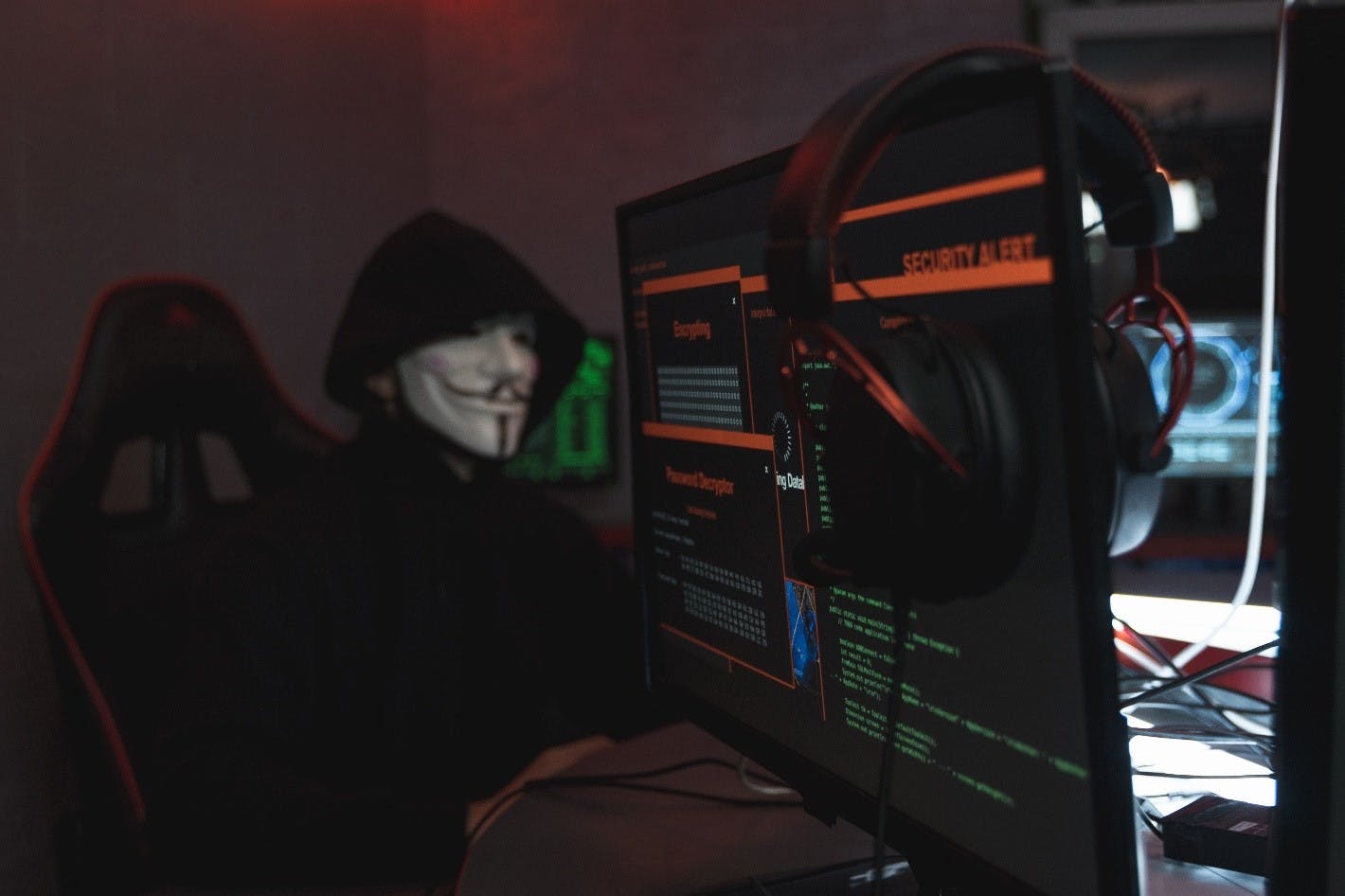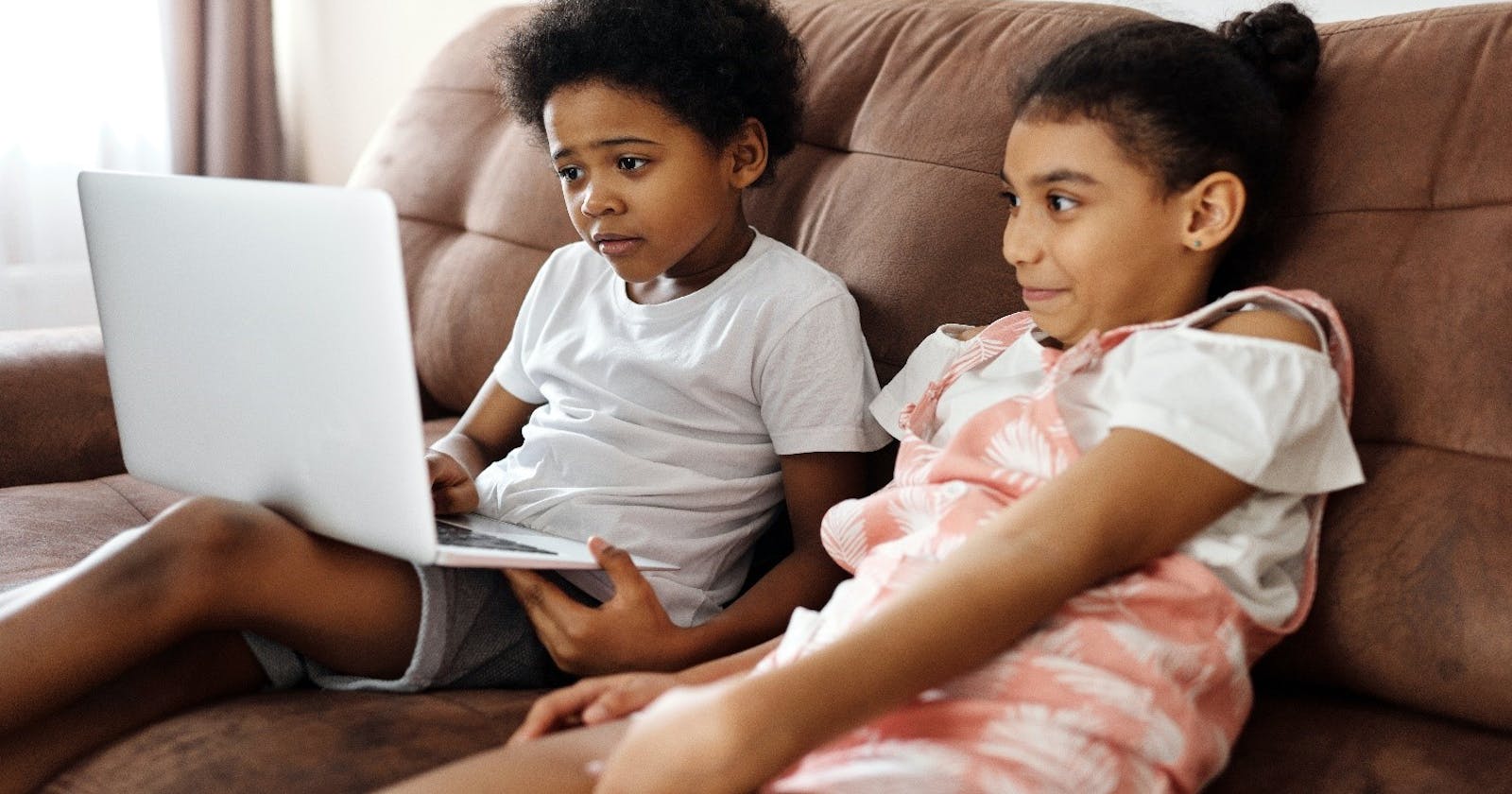Innovations in technology are not restrictive of age. Since the wide spread of personal computers in the early 1980s it has been observed that the utilization of computer technology has not only been limited to adults. An article by UNICEF (2021) gives the following statistics, “At the global level, it is estimated that one child in three is an internet user and that one in three internet users is a child under 18 years of age”. Parents have even embraced computing technologies to the extent of trusting them to nurture their children’s intellectual capabilities. Cyberspace allows everyone limitless access to virtually anything – resources for studying, communication media to keep in touch with anyone globally, entertainment in the form of streaming services or even gaming. Because cyberspace is open to anyone it implies that the activities that occur online are extremely unpredictable and children are therefore most vulnerable to any form of psychological or emotional cyber-attack.
Online technology like the internet is meant to fully benefit everyone. Over the past couple of years, we have acknowledged and appreciated the importance of virtual interaction due to the COVID-19 pandemic. Continuation of learning was only made possible through online platforms that offered video conferences, text chatting and cloud storage for central access to resources by learners. Although online technologies are highly beneficial to the young generation, parents/guardians should realize that:
• cyberspace is a vast repository of unbounded media.
• cyberspace does not intelligently identify bad/good people – the internet is open to anyone with an internet connection.
There are multiple risks associated with a child’s activity online.
**1. Cyberbullying **
Most people enjoy the interconnectivity of communities the internet has to offer. Through social networks and other platforms, it is made incredibly easy to communicate and make friends with virtually anyone, from anywhere. It’s a requirement of these social platforms that every user should create a profile with some of their personal details for other users to identify them or make an evaluation of whether or not their interests are aligned. A child’s presence on an online platform may lead to him/her being a victim of cyberbullying. Cyberbullying is a term that refers to any form of harassment, threat, or embarrassment that targets anyone in cyberspace. It usually comes in the form of photos, videos or messages that are meant to intimidate someone. Insults lean towards personal facts about a target’s lifestyle that might include a person’s sexual orientation, religion, race or physical appearance. All this leverage to insult a target is usually attained by the personal information that the target offers willingly on these social platforms. Cyberbullying on children can have very high negative impacts like depression, fear of safety or even humiliation that ultimately nurtures low self-esteem.
2. Exposure to bad/inappropriate content
The internet is filled with information that is uploaded by different individuals spread across the whole world. The ease of access to resources online is inexplicably convenient hence its popularity. However, not everything uploaded online is good. An example of undesired content available on the internet is pornography. Pornographic content, as the publishers intend, is meant for adults over a certain age (age restrictions vary per country), but the essence of age restriction is lost because the internet is incapable of intelligently barring under-aged children from viewing this content. It has even become worse following the immense use of ads on the internet. Ads on a website are meant to raise awareness about certain products/brands but they are now used to perform masquerade attacks that redirect users to other websites which may contain inappropriate content. Research suggests that exposure to pornographic content at a young age is likely to lead to sexism, poor mental health and at times sexual violence. Some pornographic content may portray misogynistic behaviour as being normal thereby falsely educating children on the insignificance of gender respect.
3. Cyberstalking

This is really similar to cyberbullying (the two words may be used interchangeably at times) but cyberstalking is focused mainly on the invasion of a person’s privacy online through stalking. An online stalker gathers a target’s personal information online – ranging from photos for identification to live locations that show a target’s whereabouts. Often at times, it is taken for granted that the information we passively share with the world online can be used against us. Paedophiles, rapists and human traffickers utilize online technology to prey on innocent children. The information that people share on social media and other online platforms might be enough for a cyber-stalker to identify a target in the real world.
OTHER DANGERS
Besides all these potential threats that online presence poses to children, other health related issues occur as a result of excessive use of the technologies. These include bad social skills, low attention span, internet addiction, periodic aggression and insomnia. The fact that the internet offers an overwhelming amount of entertainment promotes introversion. Children who are exposed to computer and internet technology at an earlier end up prioritizing online presence whilst neglecting physical interactions or relationships - thus lowering their social skills. Within a prolonged period, using the internet children end up becoming very addicted to staying online. This diminishes their sleeping time and ultimately elicits arbitrary aggression because of lack of sleep.
SAFETY MEASURES
Making an evaluation of the benefits against detriments of allowing children to use online technologies is undoubtedly controversial. A person’s perspective of things is influenced by various factors such as religion, race or even character traits therefore it becomes difficult to come to a universal agreement. However, I think it can be widely acknowledged the internet has played a pivotal role in the upbringing of children, especially in these past few years following the COVID-19 pandemic. Distance learning was made possible only through online technology. Its removal or replacement will never be imminent therefore adults should focus on ways to avoid all these negative things from happening to children. Through certain safe practices and awareness, child online safety can be maintained. Here are some points to note in order to ascertain a child’s online safety:
a. Communication
Parents/guardians should establish relationships with their children whereby the children feel free to vent their problems without fear of being judged. A child’s first line of defence should be his/her parents. Parents should occasionally communicate with their children to educate and raise awareness on the possibilities of cyber-attacks and ways in which they might come disguised. Children should be encouraged to report any suspicious activity they might not understand online.
b. Parental controls

Modern day applications now have inbuilt settings that help parents to restrict and monitor the activities a child carries out online. It is wise as a parent to assess the personal computers or other gadgets a child uses in order to activate these controls. The intent of parental guidance is to allow a parent to determine the most appropriate content for his/her child to view/access.
c. Social network privacy settings
All social media sites are designed with safety tools that help a user to decide on a number of privacy related preferences like: appropriate posts to be shown to you, the people allowed to comment on your posts, permission to block anyone from contacting you or the people allowed to view your posts. Children should be advised on the apt use of these features.
d. Encourage anonymity
It is a safe practice in cyberspace not to use your real identity. In order for children to limit the number of perpetrators that visit their online profiles, it is best not to use their real names. They should also not publicly share their personal information like email address, location or phone number.
**e. Discipline **

The internet is extremely addictive and to children the effects are worse because they have no other major responsibilities in the real world. Parents should make a timetable for their children so that they balance off their social and health well being with their online presence. Social activities like picnics, walks or field trips are beneficial to children so that they gain social skills as well as stay physically fit. Strict sleeping schedules also help for children to have sufficient rest. Screen brightness should be kept considerably low to avoid eye strain.

